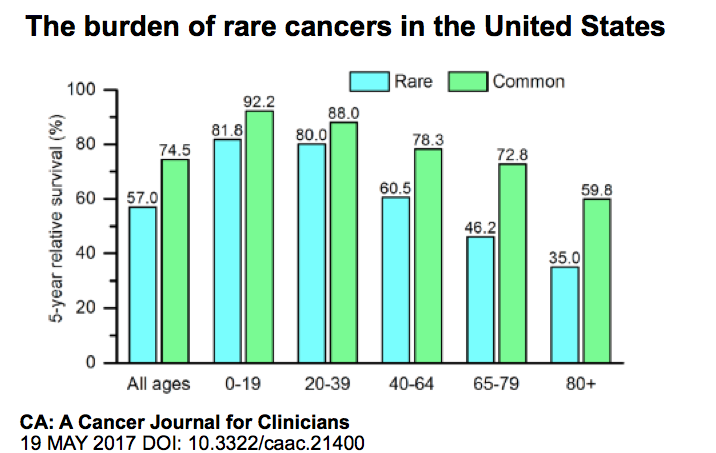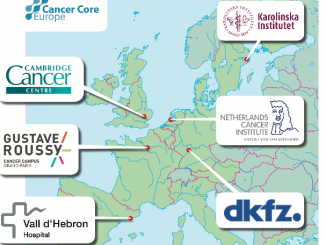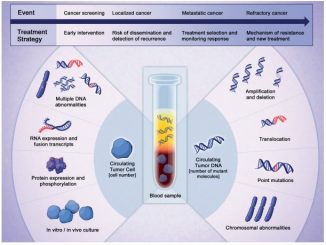According to an analysis just published on American Cancer Society’s CA: A Cancer Journal for Clinicians, rare cancers account for almost a fifth of all new diagnoses, and up to over two thirds of all new diagnoses when it comes to pediatric cancers hitting children and adolescents.
 «Rare cancers present unique challenges for clinicians and their patients. For most rare cancers, research to identify causes or to develop strategies for prevention or early detection is limited or nonexistent. In addition, rare cancers can be challenging to diagnose, often resulting in numerous physician visits, misdiagnoses, and substantial delays in diagnosis» write Carol DeSantis and colleagues from the Surveillance and Health Services Research of the American Cancer Society in Atlanta, Georgia. «Treatment options for rare cancers are often more limited and less effective than for more common cancers. This is partly because there is less preclinical research and fewer clinical trials for rare cancers, which are often limited to select high-volume cancer centers. Consequently, rare cancers have become an area of priority for some researchers and public health advocates».
«Rare cancers present unique challenges for clinicians and their patients. For most rare cancers, research to identify causes or to develop strategies for prevention or early detection is limited or nonexistent. In addition, rare cancers can be challenging to diagnose, often resulting in numerous physician visits, misdiagnoses, and substantial delays in diagnosis» write Carol DeSantis and colleagues from the Surveillance and Health Services Research of the American Cancer Society in Atlanta, Georgia. «Treatment options for rare cancers are often more limited and less effective than for more common cancers. This is partly because there is less preclinical research and fewer clinical trials for rare cancers, which are often limited to select high-volume cancer centers. Consequently, rare cancers have become an area of priority for some researchers and public health advocates».
The researchers examined incidence rates, stage at diagnosis, and survival for more than 100 rare cancers – with an incidence of fewer than 6 cases per 100,000 individuals per year – based on data from the North American Association of Central Cancer Registries and the Surveillance, Epidemiology, and End Results (SEER) program.
According to their conclusions, about 20% of all patients with cancer in the United States are diagnosed with a rare cancer, and more than two-thirds (71%) of cancers occurring in children and adolescents are rare cancers. In general, they predict that the proportion of rare cancers will grow also as a result of the growing use of molecular markers to classify cancers.
In detail, among solid tumors, 59% of rare cancers are diagnosed at regional or distant stages compared with 45% of common cancers. In part because of this stage distribution, 5-year relative survival is poorer for patients with a rare cancer compared with those diagnosed with a common cancer among both males (55% vs 75%) and females (60% vs 74%). However, 5- year relative survival is substantially higher for children and adolescents diagnosed with a rare cancer (82%) than for adults (46% for ages 65-79 years).

«Continued efforts are needed to develop interventions for prevention, early detection, and treatment to reduce the burden of rare cancers» the authors conclude. «Such discoveries can often advance knowledge for all cancers».





